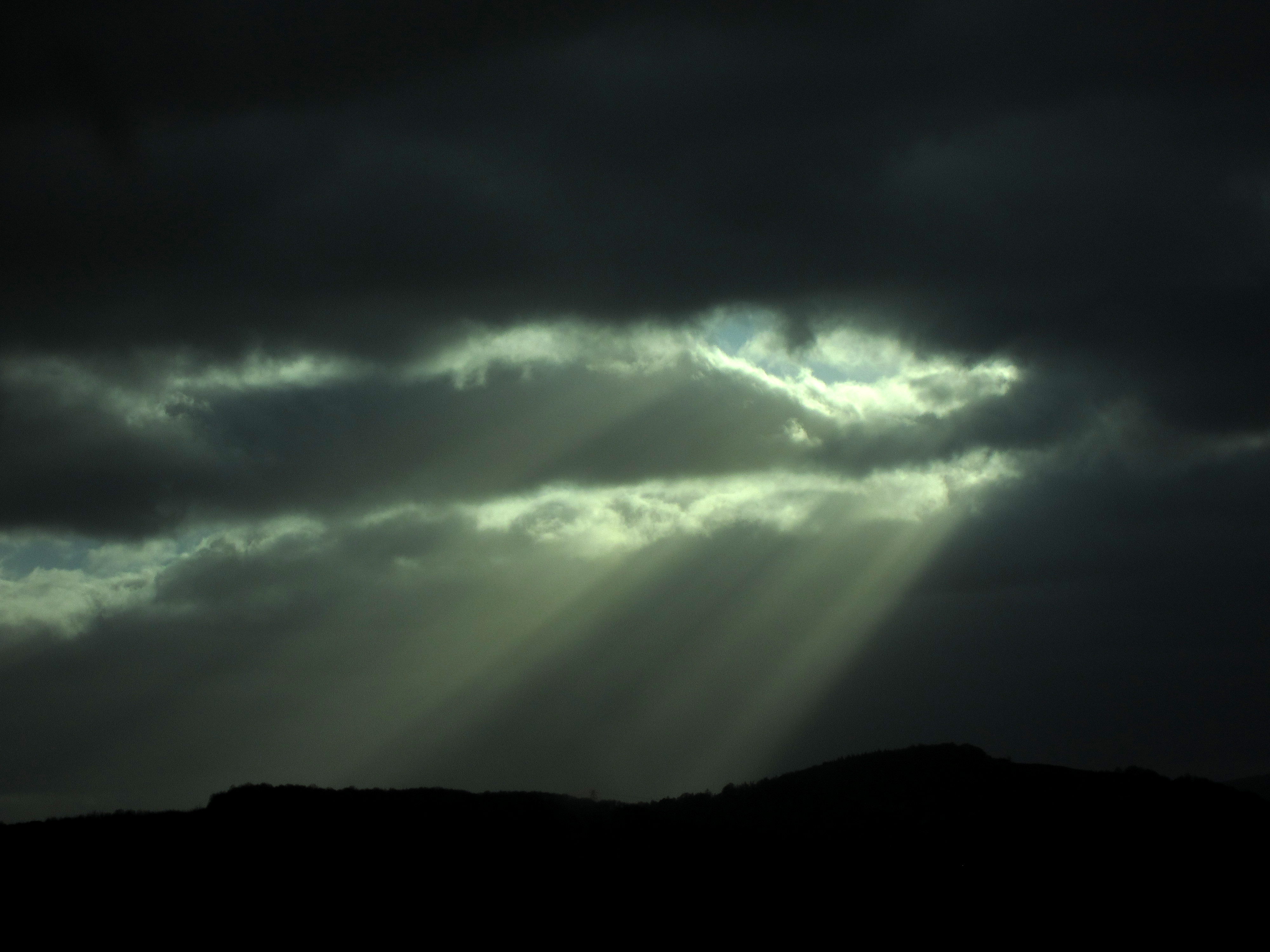Isnt it annoying, looking at beautiful images, in magazines, and on the web, seeing all that some people have achieved, all laid out in front of you? Are there times when you wish you could take such brilliant photos?
Then read on, because today I am going to give you some brilliant tips for landscape photography.
Depth of Field
It is likely that you have heard this one before, ”larger f number, smaller aperture, larger depth of field (DOF), essential for landscape photography da di dum di da da…” but, it really is important. Use a small aperture on your camera, unless you decide to use a larger aperture for creative effect. Do bear in mind, that with every f stop, the amount of light is being greatly reduced, so you may have to slow your shutter speed, raise your ISO or both. Also, due to the effect of diffraction, it is advisable to avoid using the minimum aperture.
Tripod
If you have read other magazine pages, or web pages where it says ”tripod is essential…” then they are not lying. Well, essential is not really the right word, you can take a picture handheld but it is less likely to be sharp, and if it is, the DOF will probably be shallow…
Focal points
These can be points in the image that stand out, interesting rock, buildings, landmarks, trees etc. They lead the viewers eye in, and keep them for longer than if the eye is simply permitted to wander freely. The rule of thirds may help here.
Most images focus either on the foreground, or the sky. If the sky is dramatic and interesting, allow the horizon line to come down lower in your shot than usual, and enhance with filters, or post production to keep both the sky and the foreground looking rich and ‘correct’.
Lines and patterns
An attractive foreground leads the viewers eye in, to the image, but patterns, repetitions and especially straight lines are very effective. Straight lines, such as hedges, or roads lead the viewers eye in, and if the lines vanishing point is just below a striking feature in the image, such as a road leading up to a dramatic sunset sky, the image will stand out.
Weather
While beginner photographers, and fair weather photo graphers think its best to shoot
graphers think its best to shoot  landscapes on a sunny, serene day, this is not so. In fact, rain, mist, dramatic clouds, sunsets and so on only add extra mood to the shot.
landscapes on a sunny, serene day, this is not so. In fact, rain, mist, dramatic clouds, sunsets and so on only add extra mood to the shot.


Recent Comments